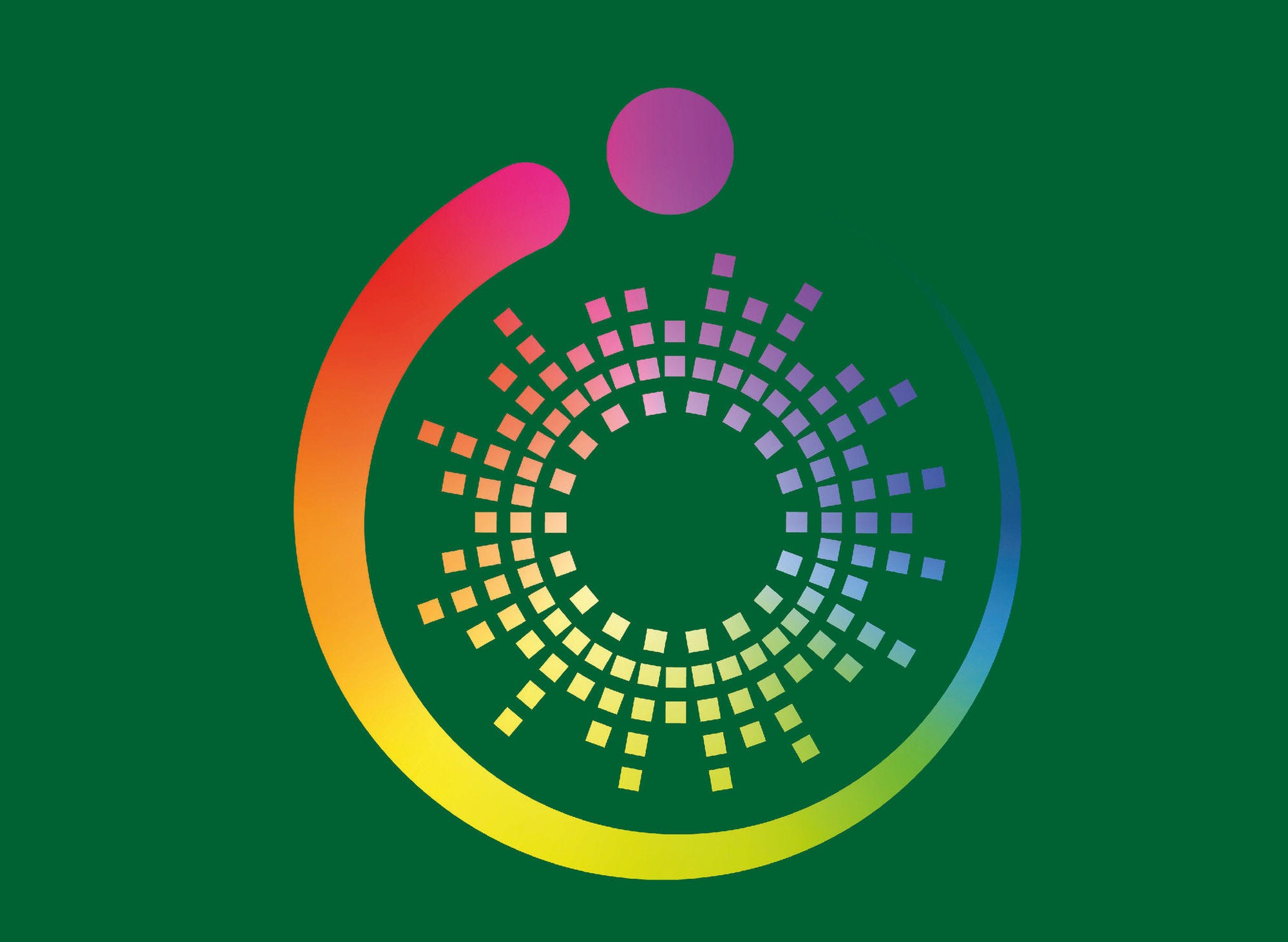Global crises underscore the interdependency and complexity of today’s world. Effective international regulatory co-operation, reinforced by well-functioning, transparent and effective international organisations (IOs), appears increasingly crucial to overcoming global challenges, containing and managing the risks of current and future crises and ensuring economic, social and environmental well-being for all. This Compendium of International Organisation’s Practices: Working Towards More Effective International Instruments (IO Compendium) gathers the experiences of some 50 IOs with different mandates, memberships and institutional frameworks to draw lessons for better international rulemaking.
To be trusted, the international rulemaking landscape needs to be understood. Today, it encompasses a diversity of instruments and governance arrangements. IOs take a variety of institutional forms, including traditional intergovernmental organisations (IGOs), private standard-setting organisations and trans-governmental networks of regulators (TGNs). These organisations develop a broad range of international instruments, adapted to their mandates and institutional settings. This results in a landscape of over 70 000 international instruments with varying terminologies and legal effects, ranging from legally binding treaties to the increasingly broad and diverse range of non-legally binding international instruments. Chapter 1 provides clarity on the global rulemaking landscape, by arranging the multiplicity of international instruments into various groups or “families”. This paves the way for a consideration of their defining features, benefits and challenges, to build understanding among IOs, their constituencies and the broader community of policy makers of what can be expected from a specific international instrument.
To have a direct impact on people’s everyday lives, these international instrument needs to be applied and implemented. While IOs are rarely responsible for the actual implementation of the international instruments, they can support and facilitate their uptake through various means set out in Chapter 2: i) assistance mechanisms, to support members in the implementation of international instruments; ii) compliance mechanisms, to verify the implementation of international instruments and support conformity; iii) advocacy mechanisms, to foster ownership by members and enhance visibility; and iv) monitoring mechanisms to track the use of International instruments. The chapter describes these mechanisms and their use, and outlines the key principles that can enhance implementation.
The evaluation of international instruments can provide valuable information about their implementation and impacts. There is a growing commitment amongst IOs to develop a greater culture of evaluation of international instruments, even though evaluation can be challenging and resource-intensive. Chapter 3 identifies the variety of approaches through which IOs can evaluate, ex ante or ex post, individual instruments, a subset of instruments or the entire stock of regulations. Drawing on experience with evaluation at the national and international level, this chapter offers guidance and inspiration for IOs wishing to develop a greater culture of evaluation.
To be implemented and help foster trust in institutions, international instruments need to appeal to a wider range of constituencies than the traditional membership of IOs. Reaching out beyond their constituency to a variety of stakeholders, including those concerned and affected by their normative activity, is therefore crucial to strengthen the ownership of international instruments and improve implementation. All IOs now engage with stakeholders, though to varying degrees. Chapter 4 outlines how stakeholder engagement is carried out at the international level, which stakeholders are usually engaged, and what key principles should be followed to ensure efficient stakeholder engagement.
Finally, a well-functioning international rulemaking landscape can greatly benefit from the right level of co-ordination among IOs. Numerous IOs were created to respond to the diverse policy needs of their members, and today most IOs operate in fields where many other IOs and international entities are also active. IOs working in silos may create analytical, regulatory, or administrative duplication. To prevent such inefficiencies, country representatives and other relevant stakeholders (for example, regional organisations) who are members in several IOs have a key role in highlighting inconsistencies and fostering co-ordination. Chapter 5 helps enhance understanding of the variety of mechanisms that can underpin co-ordination among IOs, in order to help them co-operate more systematically to maximise respective strengths and work together towards common global objectives.
This IO Compendium describes how IOs are working towards more effective international rulemaking and sets elements of reflection for IOs to advance towards more effective international instruments, summarised below:
Strengthening the implementation of international instruments
Clarify the process of implementation and allocate roles among IOs and their members
Disseminate and advocate
Support implementation through assistance mechanisms
Promote compliance
Monitor implementation
Learn lessons arising from monitoring of implementation to enhance the normative activities of the IO
Developing a greater culture of evaluation of international instruments
Institutionalise the evaluation of instruments
Start small and build evaluation practices over time
Develop guidance for those undertaking the evaluation
Establish objectives for international instruments to be evaluated against
Promote the evaluation of sub-sets or the overall stock of instruments
Be transparent about evaluation processes and results
Use the results of evaluations
Ensuring efficient stakeholder engagement
Adopt a comprehensive and strategic approach to stakeholder engagement
Ensure the effective identification and selection of stakeholders
Apply robust and transparent stakeholder engagement procedures
Adopt consistent timing practices in stakeholder engagement
Facilitate clear, effective and detailed communication with stakeholders
Maximising the opportunities for co-ordination across IOs
Map potential partners for co-ordination
Agree on common co-ordination objectives in principle among IOs
Develop guidance and reviewing past/ongoing co-ordination approaches
Enhance co-ordination in data collection and research activities






